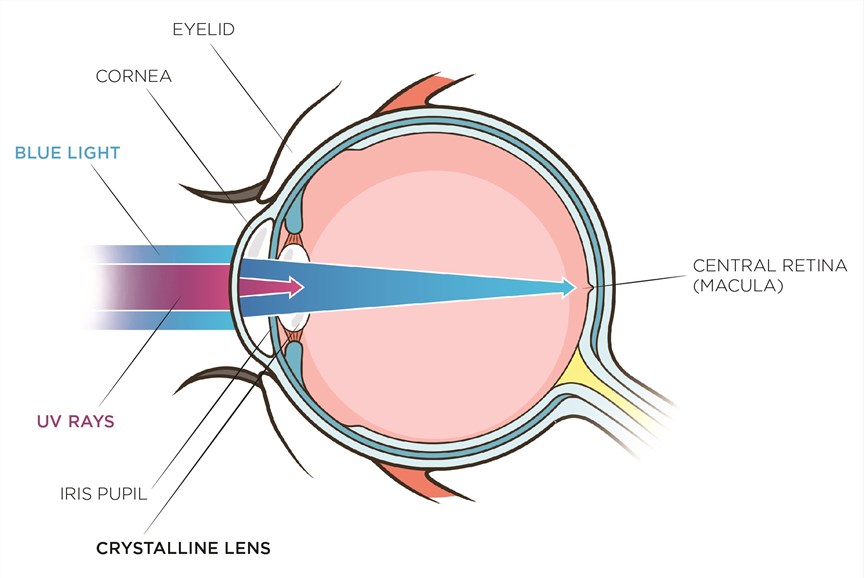Blue/White Light induced Retinal Degeneration Model
As a professional CRO, Creative Biolabs provides blue-light induced retinal degeneration&neuroprotection model for our worldwide customers to facilitate the development of novel effective therapeutic drugs. One of our specialties is conducting studies focused on the treatment of ocular diseases. Our well-trained study directors will work closely with you from the study design to data analysis.
Background
Among the eye diseases that lead to blindness, retinal nerve cell degeneration contributes to the major factors that cause vision loss. Ultimately, it is necessary to identify the basic pathology of these retinal diseases, especially for novel treatments. However, clinical data alone does not provide a complete understanding of the pathological processes underlying retinal diseases, therefore appropriate preclinical models have been used to provide a better understanding of the underlying pathologies.
Retinal Degeneration & Neuroprotection Model
In recent years, light-induced retinal damage model which consists of bright-light induced retinal degeneration model and blue-light induced retinal degeneration model has been widely used to investigate the mechanisms of neuroretinal dysfunction. It is created by mimic most of the essential characteristics of human age-related macular degeneration (AMD). In particular, the blue-light induced retinal degeneration model is more ethical than the bright-light induced retinal degeneration model, for it reduces the light intensity and heat as well as the duration of exposure to which the animals are exposed.
 Fig.1 UV and blue light path into the human eye. (Baillet G, 2016)
Fig.1 UV and blue light path into the human eye. (Baillet G, 2016)
Our Capabilities
In general, photoreceptor cells gradually degenerate and die in two phases: an immediate phase and a subsequent, long-lasting phase caused by cumulative changes in enzymatic activities that are triggered by light exposure. At Creative Biolabs, test compounds are administered after light exposure. And the efficacy of test compounds on the photoreceptor cell bodies is evaluated through various endpoints and systems, such as:
- Electroretinography (ERG)
- Spectral domain optical coherence tomography (SD-OCT)
- Retinal outer nuclear layer (ONL) thickness
- Pathology
- Microscopic evaluation
We also provide other related rodent ocular disease models for global clients, please find more of our services below:
- Corneal Neovascularization Model
- Choroidal Neovascularization Model
- LPS-induced Uveitis Model
- Glaucoma Models
- Allergic Conjunctivitis Model
- Dry Eye Model
- Corneal Wound Healing Model
- Diabetic Macular Edema Model
- Infectious Keratitis Model
Creative Biolabs is committed to providing you with the expertise in ophthalmology models and endpoints for your drug program. To learn more about using our blue light exposure model in your retinal degeneration study or NCE screening, please feel free to contact us.
Reference
- Baillet G, Granger B, How Transitions® lenses filter harmful blue light, Points de Vue, International Review of Ophthalmic Optics, March 2016.
For Research Use Only.
